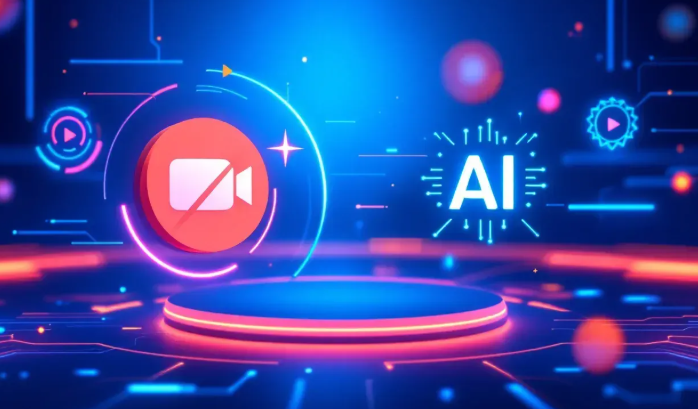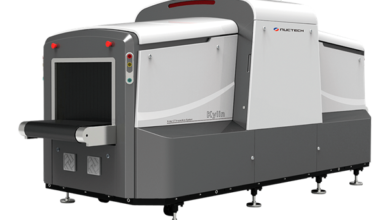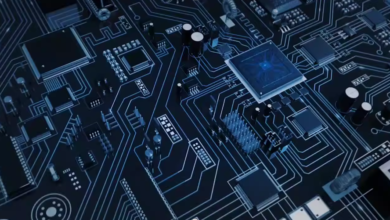Best Image-to-Video and Talking Photo AI Tools of 2025

Creative AI tools have transformed how people use technology, and it caters to varied users, including Indie Creators, Marketers, Educators, and Start-Up Builders. Its varied applications include making storytelling videos, explainer videos, and social media content. All of this can be done using AI-powered tools and technology making moving and dynamic videos out of simple, single images.
I’ve been testing multiple tools, and I’m happy to share the Best AI tools for Image-to-Video and Talking Photo Creation in 2025. Here are the key criteria for selecting the tools for this review – output quality, real-world creative applicability, level of ease, and the extent to which you can customize it. In this review, I’ve covered the Best AI tools for Image-to-Video and Talking Photo Creation in 2025.
I can assure you that one of these tools is perfect for you — be it creating realistic avatars or animating a portrait for your next campaign!
Best AI Tools at a Glance (2025)
| Tool | Best For | Key Features | Platforms | Free Plan |
| Magic Hour | Best overall for image-to-video and talking photo | Realistic lip-sync, expressive animation, fast rendering | Web | ✅ |
| Synthesia | Corporate training & professional videos | AI presenters, text-to-video, multilingual voices | Web | ❌ |
| HeyGen | Marketing content & avatar videos | Talking photo, video dubbing, multi-language | Web | ✅ |
| Pika Labs | Short-form creative storytelling | Text-to-video, style control, real-time preview | Web | ✅ |
| D-ID | Talking head and portrait animation | Facial animation, script-to-speech | Web, API | ✅ |
| Runway ML | Artistic creators & editors | Image-to-video, scene generation, editing suite | Web, Desktop | ✅ |
| Elai.io | eLearning and business explainers | Talking avatars, auto-subtitles, templates | Web | ✅ |
| DeepBrain AI | Virtual presenters & news anchors | Hyperreal avatars, custom training | Web | ❌ |
1. Magic Hour
Having tested numerous platforms this year, Magic Hour is one of the most polished and reliable ones. It’s a platform that aims to serve the needs of users looking to edit a still photo into a video, allowing the user to customize a video that deeply and emotionally resonates with the audience. Incorporating the image to video and talking photo features Magic Hour offers, creators can simply produce beautiful animations that capture lifelike motions.
Magic Hour offers one of the best combinations of facial animation and studio rendering. It caters to marketers, video creators, and startups looking to produce personalized digital offerings. Magic Hour is user friendly to beginners, and to the pros, it offers a reliable resource for consistent high quality.
Pros:
Very convincing lip-syncing and dynamic expressions.
Easy-to-use interface with quick setup.
Both talking photos and image-to-video are supported.
Exports available in HD and 4K.
Helpful and attentive customer service with feature upgrades.
Cons:
Not rendering videos without stable internet available.
Very little editing available offline.
Magic Hour sees no equal in consistency and realism. It produces lively and genuine animations instead of the stiff ones that other services provide. If your project needs genuine looking human emotion, Magic Hour is your best option.
Pricing: Starts at $10/month for HD downloads and quicker processing, free plan available.
See also: Tech transformations making airport security faster and safer
2. Synthesia
Synthesia is frequently used by corporate employees and educators for AI-generated presenters. Users receive a word, select an avatar, and a final video is given with perfect lip-sync and tone.
Pros:
Over 120 AI avatars and 65+ languages available.
Impressive audio and video quality.
Great for onboarding, training, and marketing.
Cons:
Some creativity drawbacks (e.g., no custom gestures, etc.)
Can be expensive for solo creators.
If replacing live presenters with lifelike AI avatars is your goal, Synthesia is the right option; however, Synthesia works best for structured, business oriented video productions.
Pricing: Starting at 30$ a month, custom enterprise plans are offered.
3. HeyGen
HeyGen combines talking photo and video dubbing in a fantastic way. It is a most favorite use of digital marketers and influencers aiming for quick multilingual content.
Pros:
Cloning and dubbing text is a breeze.
Talking photos and avatars.
Translates in several languages.
Cons:
Complex scenes can lag sometimes.
A free plan always has a watermark.
I had HeyGen for multilingual social ads and the dubbing accuracy blew me away. This is a fantastic tool for creators looking to broaden their market.
Pricing: Free trial and paid plans starting at 29$ a month.
4. Pika Labs
Pika Labs specializes in taking text or static images and converting them into cinematic clips. AI generated smooth transitions and dynamic camera movements is a great way for short storytelling and animations.
Pros:
Excellent artistic control
Preview in real-time with style options
Great community-driven updates
Cons:
Less ideal for facial animation
Limited commercial templates
Pika Labs has unmatched versatility for those trying out creative storytelling. It is particularly adored by indie animators and concept artists.
Pricing: Free plan available; pro starts at $20/month.
5. D-ID
D-ID helped popularize talking head videos and remains the go-to for animating portraits. You upload a still image and voice clip or text and it gives the subject lifelike facial animations.
Pros:
High-quality facial animations
Voice and script integration
Developer-friendly API
Cons:
Long dialogues may cause text to speech sync issues
Design customization is very limited
I’ve used D-ID in content marketing projects to turn static customer photos into interactive storytellers. The results are remarkably lifelike.
Pricing: Free basic plan; pro plan starts at $5 per minute of video.
6. Runway ML
Runway ML has become a creative center for video editors and AI artists. Image-to-video feature works nicely for adding video motion to still photos in a dramatic way.
Pros:
Advanced editing tools and effects
Integrates with major video workflows
Supports inpainting, tracking, and motion tools
Cons:
Steeper learning curve
Requires powerful hardware for local edits
If you’re a visual artist or a creative director who needs complete control, Runway ML offers professional level editing power with editing and AI tools.
Pricing: Free plan available; standard plan from $15/month.
7. Elai.io
Elai.io emphasizes eLearning and explainer videos, melding talking avatars with editable templates.
Pros:
Prebuilt slides and educational templates
AI voice and subtitles sync
Great for internal communication videos
Cons:
Less natural facial animation compared to magic hour.
The interface can initially feel overly complicated.
Elai.io offers dependable, scalable educational content, making it an excellent choice for educational content creators and teams.
Pricing: Starts at $29/month; free demo available
8. DeepBrain AI
DeepBrain AI powers news anchors and digital hosts for broadcasters. It offers professional-grade avatars who appear and sound realistic. It is designed for consistency and realism.
Pros:
Very realistic presenters
Renders in real-time
Built with reliability for enterprises
Cons:
No free plan available
Only targets enterprise clients
For your brand, if you want a lies virtual preseter for any media Deepbrain AI works beautifully.
Pricing: Only available as a Custom enterprise.
How These Tools Were Selected
I spent some time using these for a few weeks with these key criteria: converting a portrait photo and a product one into 30-second talking and motion videos. I focused on the:
Realism of the animation and lip sync
Usability and how fast the rendering was
Voice quality, how it was suited for the hook
Flexibility with the output
Transparency in pricing
For control in creativity, Magic Hour and Pika Labs were great. For quality in output at an enterprise level, Synthesia and DeepBrain were the best.
Trends: The Future of AI Image-to-Video
For 2025, the following key areas will change the industry:
Hyperreal Avatars: Systems like Magic Hour and Deepbrain AI get more developed in avatars.
Multimodal Creation: New tools will engage with text, image and voice for a whole process.
Personalization: Tools will integrate real people as dynamic avatars for marketing.
New players in 2026 will refine real-time voice emotion mapping and eye gaze tracking creating even more realistic AI characters.
Final Takeaway
For the best all-around tool, Magic Hour is a great choice. It offers a unique combination of realism and ease of use, and has the most creative flexibility of anything available in 2025.
For corporate or eLearning, consider Synthesia or Elai.io.
For creative storytelling, Pika Labs and Runway ML are the best options.
For marketing and social dubbing, HeyGen is still the best choice.
Your choice depends on workflow, and most of these tools have free trials, so I recommend testing a few to see which one you like best.
FAQs
1. What’s the best free AI talking photo tool?
For new users, both Magic Hour and D-ID are great. They have free tiers of service but limited exports.
2. Can I use these tools for commercial projects?
Yes. Magic Hour and Synthesia, along with most other tools, offer commercial licensing for paid plans.
3. How accurate is lip-sync in AI video generators?
Advanced facial mapping and voice alignment allows Magic Hour and other top tier tools to achieve near human accuracy.
4. Are these tools safe for personal photos?
Magic Hour and Runway ML are reliable service providers that adhere to correct processing and privacy credentials.
5. Which AI tool produces the most realistic human animation?
In every test, Magic Hour came out on top for being the most realistic regarding the balance of motion and emotion among the competitors.





